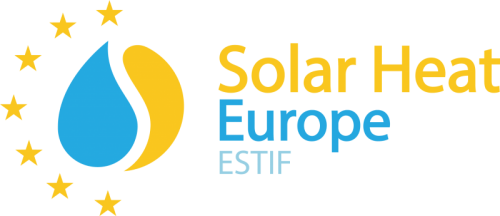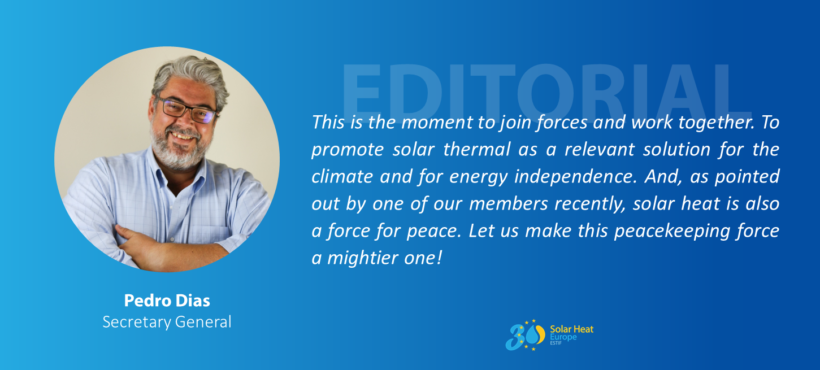We are all in shock with the current war in Ukraine and all its dramatic consequences. This situation is not new. The matter of Europe’s energy security has arisen a few times in the past 15 years. Previously, the concern about the dependency of Russian gas among politicians subsisted for some time and then dissipated under other priorities and the weight of strong lobbies.
At the end of 2021, we already faced the consequences of such dependency when energy prices increased due to the scarcity of natural gas supply to Europe. We could hear some explaining that this was because of a perfect storm. Well, it was indeed ‘perfect’ for some that have profited hugely within the energy sector. And it can only be a ‘storm’ if we can consider that storms may be influenced by human or corporate activity.
The return of war to the European continent has hastened the process to make Europe independent from Russian fossil fuels, in particular gas. The European Commission published this month a communication outlining proposals to reduce EU’s dependency and address the problem of rising energy prices. The “RePowerEU” communication sets quite ambitious targets: reduce by two-thirds our dependency on Russia within a year. It will be further discussed with the Member States during Spring in order to reach a more concrete plan.
The proposed pathway has several shortfalls. It is mostly replacing Russian imports with other supply streams, including Liquid Natural (Shale) Gas from the US. It also wants to increase the production of biomethane and renewable hydrogen. As for renewables, it stresses three solutions: wind, solar PV, and heat pumps.
This is obviously disappointing, as it ignores the role that solar thermal and other renewable technologies can play. Solar Heat Europe has reacted with a press release and a letter to Vice-President Timmermans and Energy Commissioner Simson.
But more, much more is needed! As it has been pointed out in many discussions within Solar Heat Europe, we need to increase awareness about solar thermal. Its potential is largely unknown, even if its role has been gradually getting more attention, having been highlighted in international reports from the EC, IEA, IRENA, or other. For instance, a joint report from EC and IRENA identifies solar thermal as the best solution for CESEC countries, most of which are also strongly affected by the current crisis and increase in energy prices. In another report, IEA foresees that, by 2050, solar thermal will be present in five times more households than solar PV. Another report done for the European Commission found that solar thermal could reach the lowest levelised cost of energy of all renewables.
Our sector lacks the resources for large communication and lobby campaigns that we often see in the energy sector. And this is one of the reasons that we need to work together and be united in promoting our technology.
We include in this newsletter several examples of how we can do that. We refer to the work on the EU Solar Energy Strategy and the Solar Thermal Industrial Strategy, the short-term impact we can have, and the contribution to the REPowerEU plan. And we address the initiatives related to the 30th Anniversary of ESIF/ESTIF/Solar Heat Europe, which will aggregate a high-level event, a media campaign, and a publication on the past and future of solar thermal, among other initiatives.
This is the moment to join forces and work together: to promote solar thermal as a relevant solution for the climate and for energy independence. And, as pointed out by one of our members recently, solar heat is also a force for peace. Let us make this peacekeeping force a mightier one!
Si vis pacem, para solem


Leave a Reply